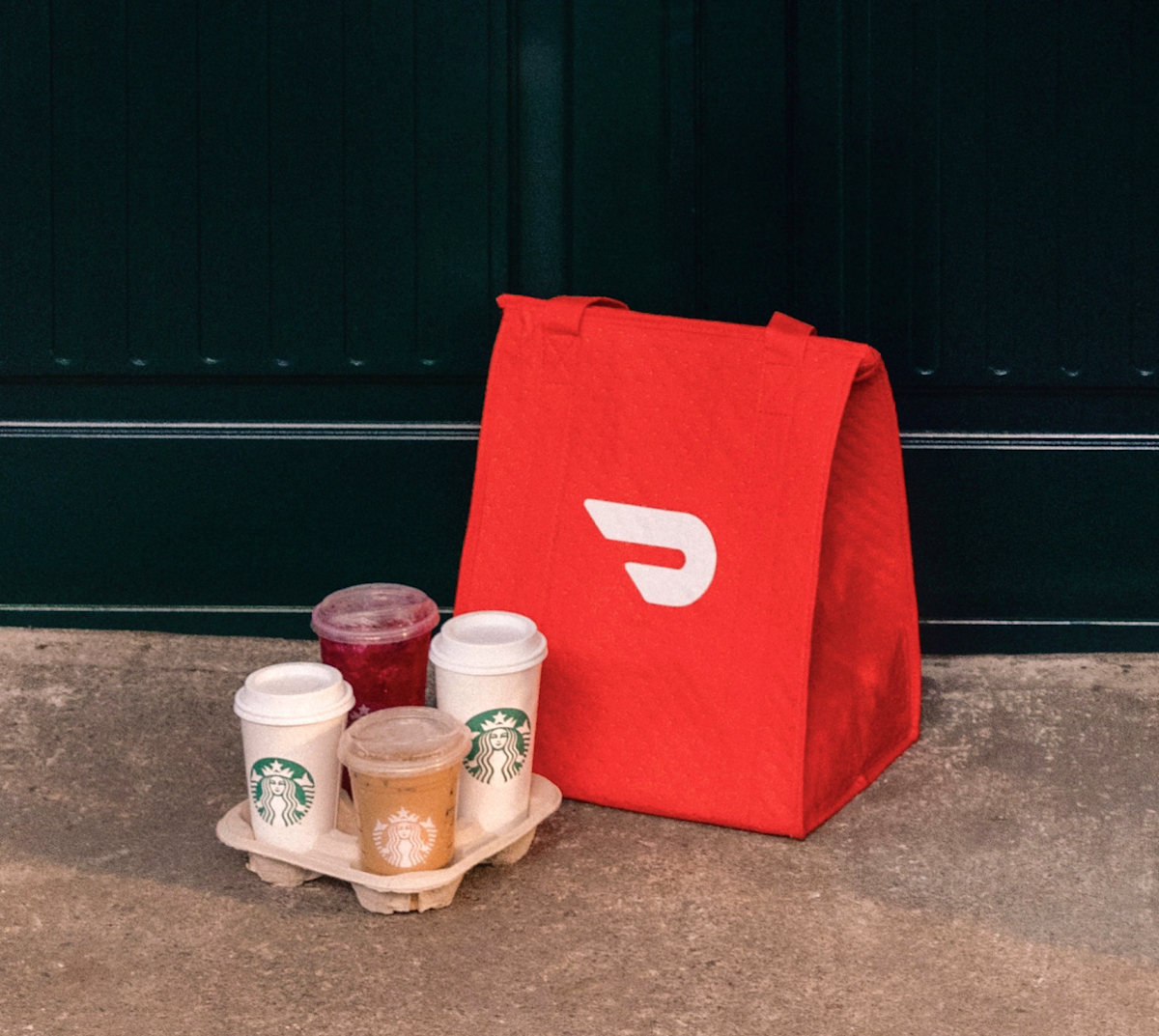Dashing has always provided a reliable source of supplemental earnings for people no matter their financial goals or stage in life. Recently, more people are turning to secondary sources of income to make ends meet and improve their quality of life, especially as pay in some sectors has not kept up with inflation and uncertain economic conditions continue.
According to a recent Dasher survey, almost half (44%) of all Dashers said they have a separate full-time job (at least 30 hours a week) and dash to supplement their existing income to make ends meet or to achieve specific financial goals. Over the course of 2022, amidst the rise of inflation, more people returned to DoorDash. For example, in the third quarter of 2022, there was a 50% increase compared to the same quarter in 2021 in Dashers returning to the platform after not completing a dash for at least 180 days.
While Dashers with full-time jobs earn the vast majority of their household income from other sources, dashing has become a key source of supplemental income – typically earned by delivering for fewer than 10 hours per week. The majority (51%) of Dashers with full-time jobs get less than 10% of their total household income from dashing, and more than three quarters (77%) of Dashers with full-time jobs get less than 25% of their total household income from dashing. Dashers with full-time jobs work hours consistent with the broader Dasher community, with 90% delivering fewer than 10 hours per week and the majority delivering fewer than four hours a week.
Workers choose to earn on DoorDash for a wide variety of reasons, including that it fits with their schedules and financial goals. Dashers with full-time work obligations especially value the flexibility dashing provides, with one-third of Dashers saying that if flexible work were not an option, they would not choose an alternative way to replace their income from dashing. More than three-quarters (78%) of Dashers with full-time jobs say an important part of flexible working hours is being able to dash during times that don’t conflict with their job. And a higher percentage of Dashers with full-time jobs dash during weekday evenings and weekends than Dashers without full-time jobs.
“Rising costs have made bills I used to pay easily a financial burden, even with a full-time job and benefits. Dashing helps me fill the gaps in to support my son once my workday is done so I can rest easier and make sure his needs are met,” said Randel Torres, a Dasher and resident of Staten Island, New York.
Most Dashers with full-time jobs see dashing as a reliable option to supplement their existing income: nearly three quarters (73%) of Dashers with a full-time job said they’re planning on continuing to dash to supplement their income as needed, while less than a quarter (24%) said they will continue to dash only until they achieve a particular financial goal such as purchasing a home or car.
Especially during challenging economic times and no matter how they choose to leverage the platform, Dashers are able to earn when they want and how they want. By connecting Dashers of all backgrounds, interests and needs to supplemental sources of income, we will continue to fill a critical need in communities across the country.



